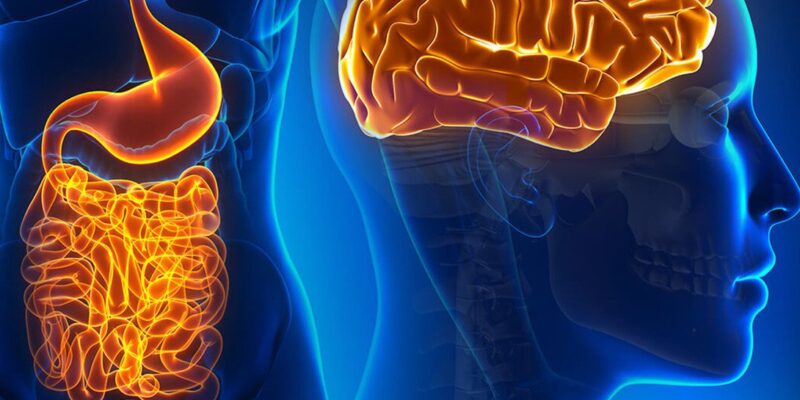All our body systems rely on signals from the central nervous system to carry out day-to-day functions. The Enteric Nervous System(ENS) is the only exception that can function independently of the brain and spinal cord.
What is the Enteric Nervous System (ENS) and how does it work?
The ENS is a web of neurons found in the wall of the gastrointestinal system that stretches from the bottom of the tube that connects the throat to the stomach, the esophagus, through to the rectum.
It functions to help the gut absorb nutrients and keep the harmful agents out and thus preventing their absorption. It is interesting to note that this system of neurons is expected to contain more neurons than the whole of the spinal cord.
The main functions of ENS are to:
- Ensure rhythmic propelling of food and drink along the digestive tract. This is carried out by harmonious contraction and relaxation of a series of muscles.
- In order to maximize the absorption of essential nutrients, the contents of food are mixed properly by the ENS signals.
- Control the local blood flow, mucous secretions, and plays a role in the function of the immune system.
- Secretion of gastrointestinal hormones that regulate the functions of organs of the digestive tract.
- Some studies even relate it to the development of neurodegenerative disorders, including Parkinson’s disease.
Is ENS the second brain of our body?
Although ENS can independently control gut functions, the control is localized and restricted. The latest research was led by Nick Spencer, a professor at Australia’s Flinders University. Spencer’s team studied mice using high-resolution video in combination with an analysis of electrical activity.
According to the study, published in the journal Communications Biology, how the ENS coordinates propulsion of food and drink along the gastrointestinal tract has been a “major unresolved issue”.
The paper describes how the ENS is “far more complex than expected and considerably different from the mechanisms that underlie the propulsion of fluid along with other muscle organs that have evolved without an intrinsic nervous system.”
Among its main finding is how the thousands of neurons inside the ENS communicate with each other to help the digestive process by causing contractions in the gastrointestinal tract.
The Flinders University team’s findings also suggest that far from being the second brain, the ENS is probably much older in evolutionary terms and could even be regarded as the body’s first brain.
Source: The Economic Forum




















Comments